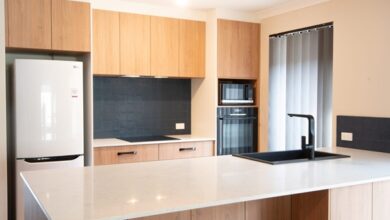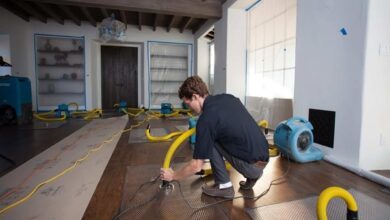Designing an Ergonomic-Friendly Workplace for Wellbeing and Productivity

Why Ergonomics Matters in the Australian Workplace
Australia’s workforce is shifting. Hybrid models, remote arrangements, and digital transformation are redefining where and how people work. But amid these changes, one constant remains: the need to protect and support employee wellbeing. Business owners, government agencies, and educational institutions alike are coming to understand that ergonomic workplace design isn’t a trend—it’s a necessity.
An ergonomically sound environment does more than prevent injury. It cultivates comfort, focus, and long-term productivity. With musculoskeletal disorders accounting for a significant share of workplace claims in Australia, investing in smarter design now prevents costs and inefficiencies down the track.
Building the Case: Wellbeing as a Strategic Asset
According to Safe Work Australia, poor workplace design leads to increased absenteeism, reduced performance, and low employee morale. Conversely, well-planned ergonomic environments foster loyalty, energy, and innovation. And the ripple effects go further—students in educational settings concentrate longer, government service teams respond more effectively, and businesses maintain a competitive edge through a healthier workforce.
This makes ergonomics a high-impact tool for any leadership team seeking both immediate and long-term returns.
Core Elements of Ergonomic Workplace Design
1. Supportive Ergonomic Seating
The right office chair isn’t just a piece of furniture—it’s a frontline defence against fatigue, spinal stress, and lost productivity. Employees who sit for extended hours need seating designed to support natural movement and posture variation throughout the day.
A thoughtfully selected ergonomic seating option should include adjustable lumbar support, breathable fabric, smooth swivel functions, and controls for height, tilt, and seat depth. These aren’t luxuries—they’re essential features that reduce physical strain and support diverse body types across public, private, and educational workplaces.
2. Adjustable Desks that Promote Movement
Static sitting is the new smoking, and the solution lies in dynamic furniture. Height-adjustable desks, which allow employees to switch between sitting and standing, have been linked to improved posture, better circulation, and greater mental clarity.
For employees working long shifts—such as administrative teams in universities or frontline staff in government call centres—providing sit-stand functionality significantly reduces discomfort and boosts job satisfaction.
3. Intentional Layout and Lighting
Designing with ergonomics in mind extends beyond furniture. Workspaces should allow for smooth movement between areas, avoid visual fatigue through controlled lighting, and accommodate all necessary work tools within easy reach. Natural light, when available, improves mood and focus. Where that’s not possible, glare-free LED lighting and adjustable monitor stands should be incorporated.
Small changes—like providing footrests, wrist supports, and anti-fatigue mats—can make a meaningful difference in health outcomes.
The Productivity Payoff: Tangible Benefits
Ergonomic upgrades deliver measurable outcomes that align with broader organisational goals. For government departments and education providers managing fixed budgets, the return on investment (ROI) is compelling:
- Fewer injuries and claims: Reducing common complaints like lower back pain and eye strain saves money on healthcare and reduces absenteeism.
- Improved focus and accuracy: Employees working in comfortable conditions make fewer errors and require less supervision.
- Higher engagement and retention: An investment in employee health signals care and respect, leading to stronger morale and reduced turnover.
- Stronger employer branding: Ergonomically advanced offices are more attractive to prospective hires, especially among knowledge workers and educators.
Strategic Implementation: Turning Ideas Into Action
Conduct a Workplace Ergonomic Assessment
Before purchasing new furniture or accessories, conduct a detailed ergonomic audit. These evaluations identify risk areas such as poorly aligned desks, insufficient lighting, or inflexible seating. They also assess workflows and employee habits that may be causing physical stress.
Train Teams for Long-Term Success
Ergonomic products only deliver value when used correctly. Introduce training programs that teach staff how to customise their workstations, alternate positions, and adopt good posture habits. This is particularly useful in education and government where large, diverse teams may be working with standardised fit-outs.
Partner with Specialists for Tailored Fit-Outs
Rather than opting for generic solutions, collaborate with a supplier that understands both ergonomics and industry-specific demands. Partnering with a provider offering integrated workplace design solutions ensures that each product fits within a larger strategy—from compliance with Australian standards to alignment with organisational goals.
Final Word: Ergonomics as a Catalyst for Change
An ergonomic workplace doesn’t just look good—it performs well. It keeps people healthy, engaged, and ready to contribute their best work. For purchasing officers, HR leaders, and procurement teams across Australia’s business, government, and education sectors, now is the moment to elevate your environment.
Because designing for comfort is designing for the future.




